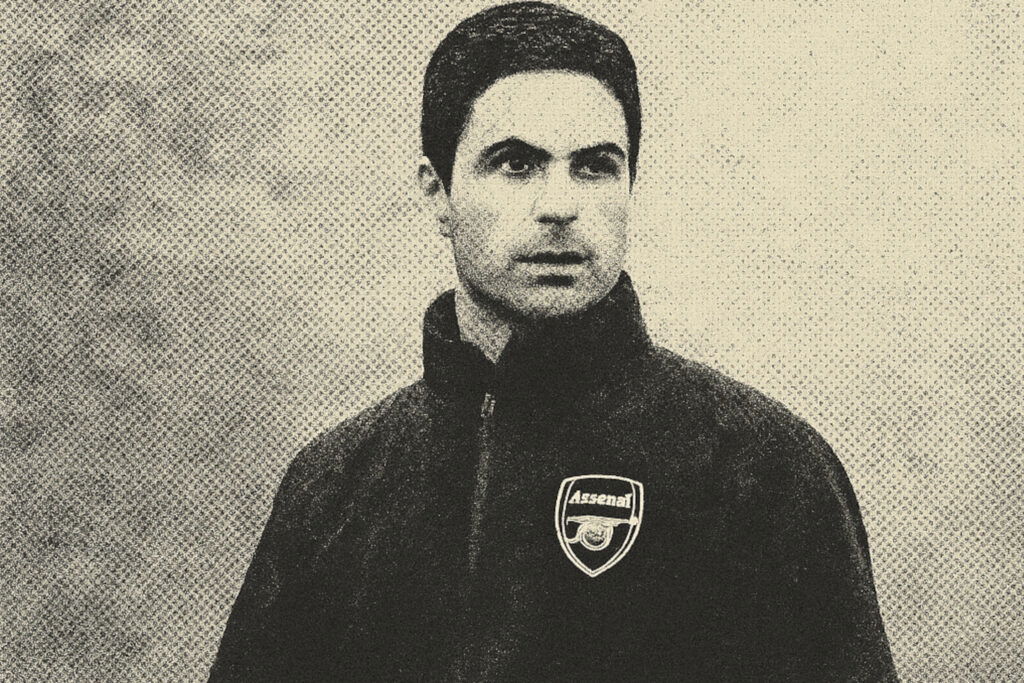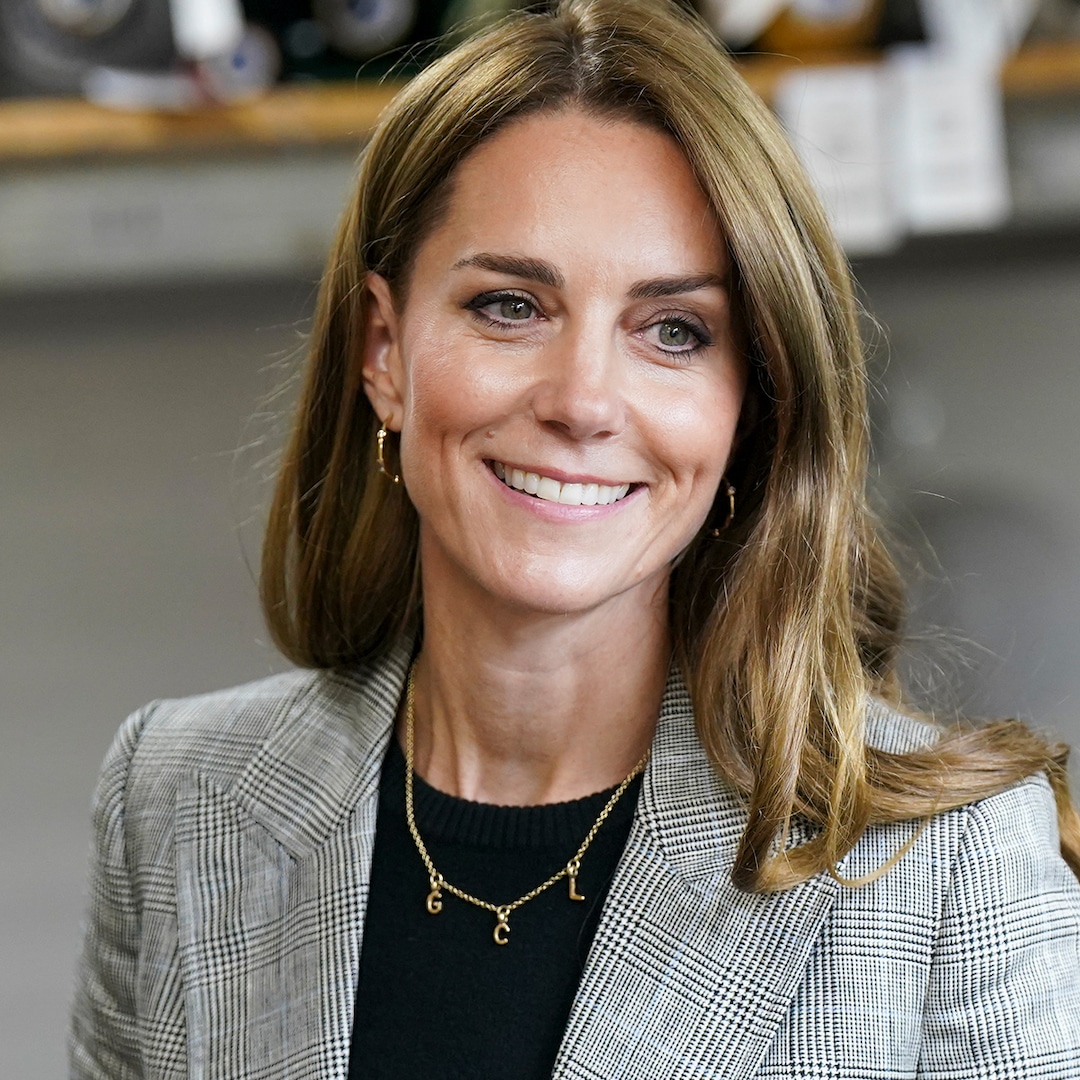Arteta’s Squad Building Strategy: A Tactical Evolution at Arsenal

Mikel Arteta’s approach to squad building at Arsenal has been systematic, patient, and informed by both tactical identity and financial discipline. Rather than opting for star-chasing or short-term fixes, his recruitment and development model has focused on sustainability, versatility, and control. The result is a young, technically intelligent squad built to challenge consistently across competitions.
Tactical Identity and Role Profiling
Arteta’s first priority was establishing a clear footballing identity: a positional play system built around structured possession, aggressive pressing, and flexible buildup patterns. Each transfer window since 2020 has reflected an increasing precision in targeting players who not only fit this blueprint, but can also operate in multiple phases of play.
Recruitment has leaned heavily on players with strong spatial awareness, clean ball progression, and positional versatility. From Ben White’s move from centre-back to right-back, to Zinchenko’s role as an inverted full-back, and even Kai Havertz’s deeper midfield deployment, there’s a clear emphasis on functional flexibility over traditional roles.
Age Profile and Squad Rebalancing
A key hallmark of Arteta’s rebuild has been the dramatic reduction in average age. Players such as Martin Ødegaard, Gabriel Martinelli, William Saliba, and Bukayo Saka are all under 25 but carry significant minutes and responsibility. The club has shifted away from ageing, high-wage profiles toward long-term assets with resale potential and growth capacity.
Where necessary, more experienced players like Thomas Partey or Jorginho have been retained to provide transitional balance. But even these profiles have been clearly scoped to perform specific tactical roles or support squad maturity rather than dominate the wage structure or starting XI indefinitely.
Targeted Upgrades and Cultural Fit
Across recent windows, Arsenal have moved decisively when the right upgrade has become available. Declan Rice, for example, was not just a midfield reinforcement but a leadership figure and a tactical linchpin for defensive transitions and pressing structure. Similarly, David Raya’s arrival indicates a preference for keepers who can dictate rhythm and distribute under pressure, even at the cost of disrupting the previous No. 1.
Arteta and Edu have also focused on character and mentality. Signings are expected to match the club’s internal culture and development trajectory. Granit Xhaka’s departure, for instance, was handled in a way that respected his contributions but made room for a more tactically aligned and forward-looking midfield solution.
Youth Integration and Internal Development
Another critical component has been the pipeline from Hale End. Saka’s rise is well-documented, but players like Emile Smith Rowe, Reiss Nelson, and Eddie Nketiah have all contributed as squad players or depth options. Arteta has consistently given youth a chance while demanding that they meet specific tactical and physical thresholds. The standards are high, but the pathway remains open.
This internal development also reduces pressure on recruitment spending, allowing the club to spend selectively and strategically in key areas rather than constantly papering over gaps.
Financial Strategy and Market Timing
While not operating on a shoestring, Arsenal’s model under Arteta and Edu is far more restrained compared to the early Emirates years or rivals like Chelsea. Spending has been front-loaded into long-term projects rather than splashed erratically. Even in competitive bidding scenarios, Arsenal have walked away when deals don’t align with broader financial and tactical plans.
Renewals have also been crucial: keeping core assets like Saliba, Saka, and Martinelli on long-term contracts not only preserves squad stability but strengthens the club’s negotiating position.
Looking Ahead
Arsenal’s squad now resembles a balanced, tactically malleable group capable of competing across domestic and European fronts. The next phase likely involves refinement rather than overhaul. Areas like striker rotation, left-sided depth, or further central midfield variation may still need attention, but the heavy lifting has been done.
Arteta’s project has always been one of marginal gains and long-term structure, not fireworks. His squad building strategy reflects a club that now acts with purpose rather than reacting to pressure.













































